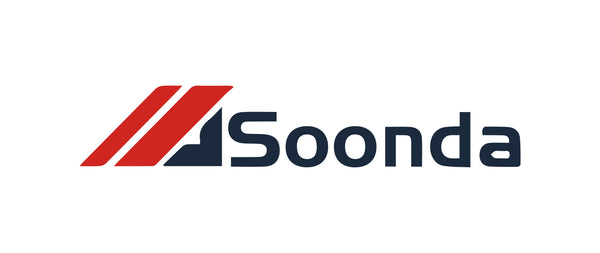The Key Differences Between CO2 and Fiber Laser Cutters: Which One is Right for Your Business?
Share
Are you considering investing in a laser cutter for your business but unsure about which type is right for you? Look no further. In this article, we will discuss the key differences between CO2 and Fiber Laser Cutters, two popular options that are widely used in the industry. As an authorized seller of Ortur, Aufero, and DAJA, we have extensive knowledge and experience in both types of laser cutters. By the end of this article, you will have a better understanding of which one is best suited for your business needs.
The Basics of CO2 and Fiber Laser Cutters
Before diving into the differences, let's first understand the basics of CO2 and Fiber Laser Cutters. Both types of laser cutters use high-powered lasers to cut through various materials such as wood, acrylic, and metal. The main difference between the two is the type of laser used.
CO2 Laser Cutters
CO2 laser cutters use a carbon dioxide gas mixture to produce a laser beam. This beam is then directed onto the material to be cut. The gas mixture is excited by an electric current, which causes it to release photons, creating a laser. CO2 laser cutters are known for their precision and versatility, making them a popular choice for a wide range of businesses.
Fiber Laser Cutters
Fiber laser cutters, on the other hand, use a solid-state laser. The laser beam is produced by a series of diodes that are powered by rare earth elements. This type of laser is known for its high cutting speed and efficiency, making it a preferred choice for industrial applications.
Power and Speed
One of the key differences between CO2 and Fiber Laser Cutters is their power and speed. CO2 lasers typically have a higher power output, making them better suited for cutting thicker materials. They are also capable of cutting through a wider range of materials compared to fiber lasers. However, fiber lasers are much faster, making them more efficient for high-volume production. They are also more energy-efficient, consuming less power than CO2 lasers.
Material Compatibility
As mentioned earlier, CO2 laser cutters are more versatile when it comes to material compatibility. They can cut through a variety of materials, including wood, acrylic, and some metals. On the other hand, fiber lasers are primarily used for metal cutting. They are highly precise and can cut through thick metals with ease. However, they are not suitable for cutting non-metal materials.
Maintenance and Cost
Another significant difference between CO2 and Fiber Laser Cutters is the maintenance and cost. CO2 lasers require frequent maintenance, including replacing the gas mixture and the laser tube. This can be costly and time-consuming. On the other hand, fiber lasers have a longer lifespan and require minimal maintenance, leading to lower operating costs in the long run.
Choosing the Right Laser Cutter for Your Business
So, which one is the right choice for your business? The answer depends on your specific needs and budget. If you need a versatile cutter that can handle a variety of materials, CO2 lasers may be the way to go. However, if you primarily work with metals and require high-speed cutting, then a fiber laser cutter is the better option. Consider your production volume, material compatibility, and maintenance costs to make an informed decision.
In Conclusion
In summary, CO2 and Fiber Laser Cutters are both highly capable machines that use different types of lasers to cut through materials. CO2 lasers are more versatile, while fiber lasers are faster and more efficient for metal cutting. Choose the one that best suits your business needs and budget. And remember, as an authorized seller of Ortur, Aufero, and DAJA, we are always here to help you make the right decision for your business.
